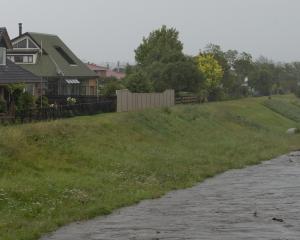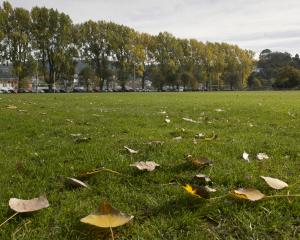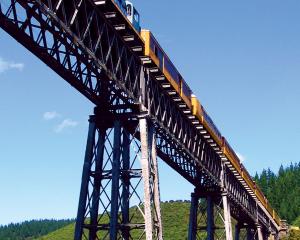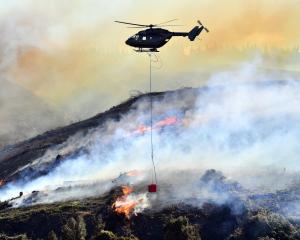The previous lowest April afternoon temperature was 7.5degC, recorded on April 30, 2012.
However, the snowstorm that swept across Otago on Monday afternoon saw temperatures plummet at a time when they are usually at their highest for the day.
The temperature recorded at 2.30pm on Monday at Dunedin International Airport was 2.4degC - the lowest afternoon temperature in April since records began in 1972.
While snowfall is rare in Otago in April, MetService meteorologist Georgina Griffiths, of Auckland, said it was not unheard of.
''What makes this early and significant cold snap so unusual is the fact that temperatures had been so unusually warm only a few days beforehand.
''On Good Friday, temperatures were near-record for April in many locations.
''While Whangarei and Auckland basked in 25degC, Wanganui and Napier enjoyed 23degC and 21degC respectively, while Dunedin and Queenstown recorded about 16degC.
''Compare this with the temperatures this week - what a savage turnaround.''
The good news was the worst of the showers had gone for Otago, but there was a real risk of frost for inland areas tomorrow night and Thursday morning.
In the longer term, Niwa is predicting a warmer and drier than average start to the winter.
Niwa forecaster Chris Brandolino said the weather would be ''changeable'' during the next week to 10 days, but during April, May and June, the mean air temperature was likely to be near normal or above.
The region's mean rainfall was likely to be normal or below.
International guidance indicated there was a 60% chance an El Nino weather pattern could develop during the next three months, Mr Brandolino said.
If El Nino did develop, it typically meant more frequent southwesterly winds, which could often result in higher than normal rainfall on the west coasts of New Zealand and lower than normal rainfall on the east coasts.
''In June, July, August, if El Nino is present, the winds tend to be more frequent from the south.
''You don't have to be a rocket scientist to work out that means colder conditions.
''It's important to remember, though, that these are average outcomes.
''It doesn't guarantee that this will always be the outcome for every El Nino. Every El Nino is different.''
Niwa scientists had been watching the Pacific Ocean for the past few months, and witnessed the precursors to El Nino activity, but so far the weather pattern had failed to materialise, Mr Brandolino said.
''It's close to developing. It's kind of a marriage between the ocean and the atmosphere.
''The water has to be 0.7degC above normal in the central and eastern Pacific Ocean, and the atmosphere has to tip its hand and declare El Nino in its way.
''What's been happening for the past several months is we've had the ocean coming to the altar, but the atmosphere gets cold feet and doesn't show up - we've never had this proper coupling.''












